There seem to be as many homeschool styles as there are homeschooling families. Every one does it differently. Hardly anybody considers themselves a purist and sticks to just one official style. If you are like us and most other homeschooling families, you will consider yourself an “eclectic homeschooler.” What this means is that you pull what suits your family from among the multitude of styles. Below is a brief synopsis of various homeschooling styles and what I believe are the advantages of each.
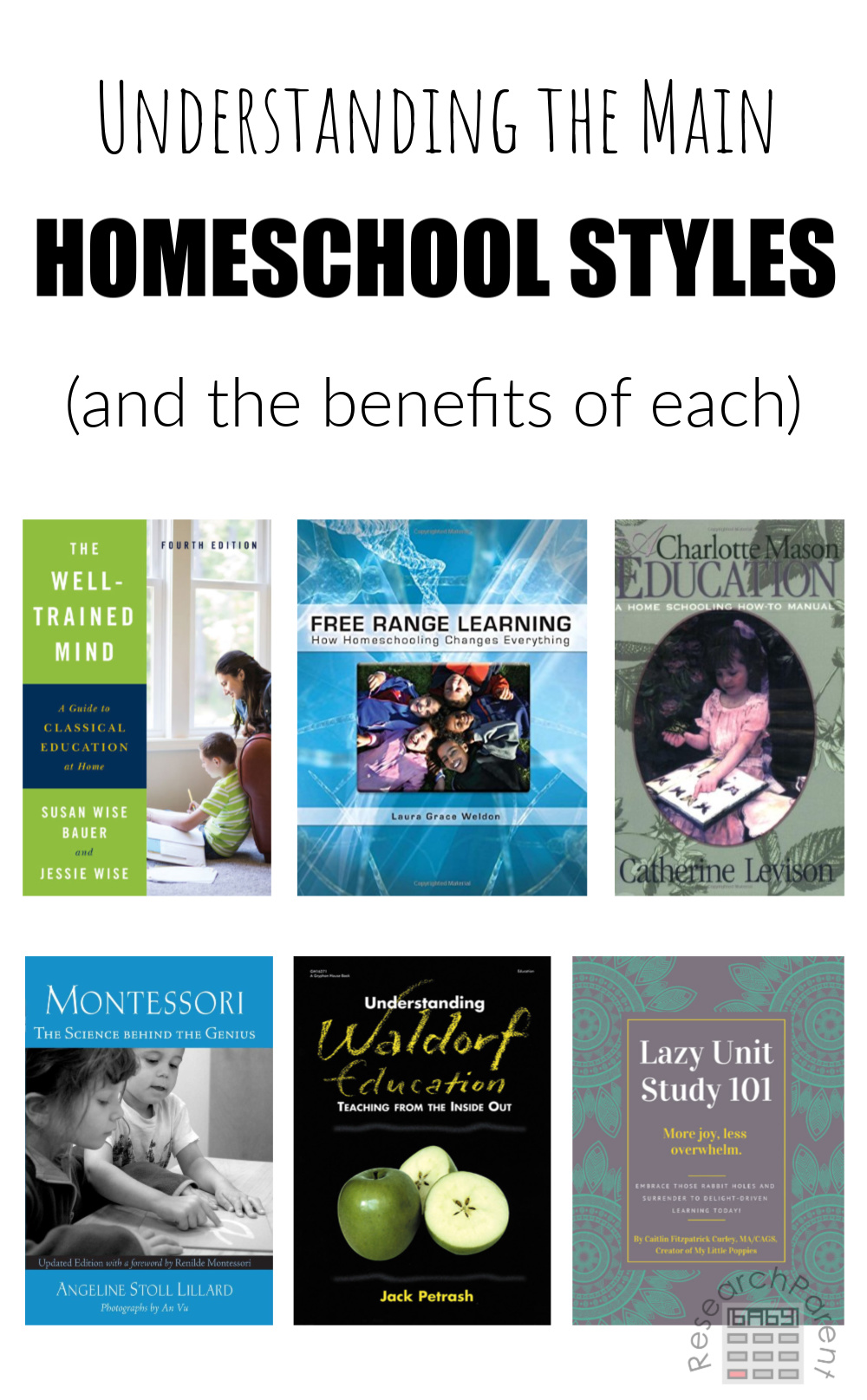
Please know that this list of homeschool styles is not exclusive. They are many, many other ways to homeschool. Some people follow a school-at-home style in which they try to replicate the traditional classroom at home. Gameschoolers make learning as fun as possible through playing games to cover each subject. Roadschoolers take a lot of road trips. Worldschoolers travel the world. Carschoolers learn through audiobooks and playing games in the car. Forestschoolers let nature guide their education.
Whatever your lifestyle, there is a way to build your homeschool around that life. Also, odds are good that there is already a community of homeschoolers that are following similar practices. There is no right or wrong way to educate your kids at home. Do what works for you. Hopefully this brief description of a variety of popular methods will help you see that whatever homeschool style choose to do, you are not alone.
Classical Homeschooling
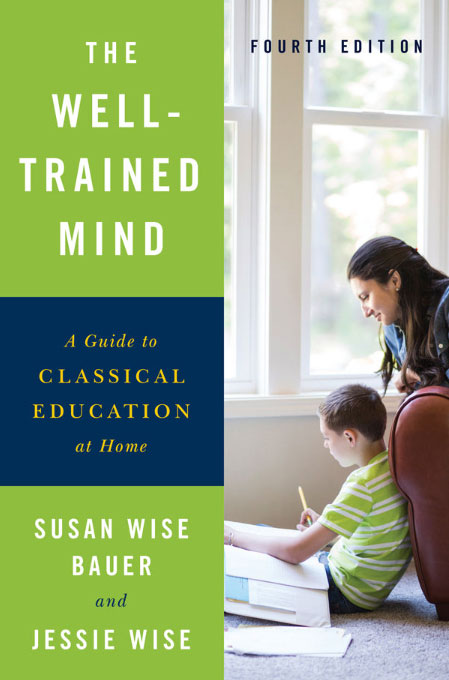
Classical homeschooling is a style pioneered by the esteemed Susan Wise Bauer of the beloved tome, The Well-Trained Mind. It advocates a very thorough, rigorous educational philosophy. Among the suggestions are that children study Latin and learn history in 4 year cycles. A child that completed all the recommendations in this style would have been exposed to absolutely everything a public-schooler would have seen in their educational career, and then a lot more.
We are definitely not classical homeschoolers. Our days are far too unstructured to ever be mistaken for a classically homeschooling family. However, if you listen to talks given by the Ms. Bauer, I’m not sure even her family could have lived up to the ideals laid out in the Well Trained Mind. I do own a copy of the book and enjoy perusing it from time to time to get ideas.
Our family actually does follow the 4 year history cycle. Just this year, we completed the full Story of the World series written by Susan Wise Bauer. I ended up skipping nearly all the associated activities in favor of a more laid back approach. However, I am glad that my kid have at least been exposed to the full course of human history. We also study Latin by watching the videos and listening to the songs in Song School Latin. (Though we don’t do the written activities in the workbook.)
Unschooling
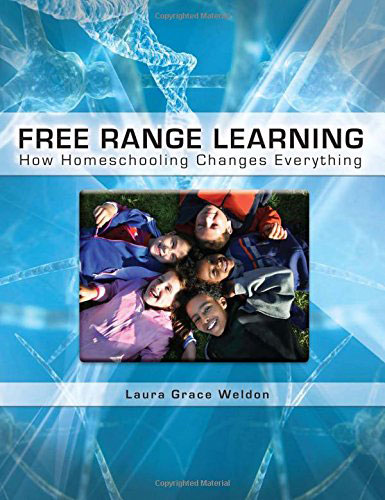
At the other end of the educational spectrum from classical homeschooling is unschooling. Fundamentally, unschoolers believe that everything a person needs to know in order to live a satisfying life, they will learn through going about their daily lives. There are no curricula, no worksheets, no tests, no forced learning.
At its worst, unschooling could be considered a form of neglect. Anyone who has read Educated would definitely not have a positive view of unschooling, despite the author’s academic success. However, most unschooling parents are in fact very intentional about what they do with their children. They are active participant in their child’s education. A better representation of unschooling in my mind is Free Range Learning. This is actually the book that convinced me to try homeschooling.
I could not be considered an unschooler either, because my kids do (loosely) follow curricula, especially for science and history. Also, they do (very occasionally) do math worksheets. However, I do firmly believe that children that learn through this unstructured, self-directed, hands-on style, are likely to retain a passion for learning. I also believe they retain information just as well, if not better than their traditionally schooled counterparts. That is why I try to keep my structured learning to a minimum.
Charlotte Mason
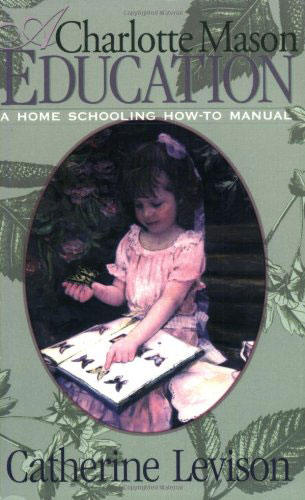
Charlotte Mason was an educator in England during the late 1800s. She advocated for a very gentle, respectful style of teaching. The series of books she wrote have grown into a very popular homeschooling movement. This style of learning promotes nature study, narration, copywork and a focus on the arts, including music and poetry. Rather than reading textbooks, she encourages learning through what she calls “living books.” These are stories about real people written by people with a passion for the subject.
I believe there is a lot of value in what Charlotte Mason had to teach us. I definitely try to teach my kids through living books whenever possible. My kids do copywork to learn grammar, spelling, figurative, language. Informally, we practice narration by having our children tell us about what they are reading. We are a family of nature lovers and spend a considerable amount of time on music and art.
If you are looking to learn more about Charlotte Mason, the original works can be a little hard to read. I recommend A Charlotte Mason Education by Catherine Levison for a more gentle, concise description. The author has also written a follow up companion guide that goes into even more detail.
Montessori
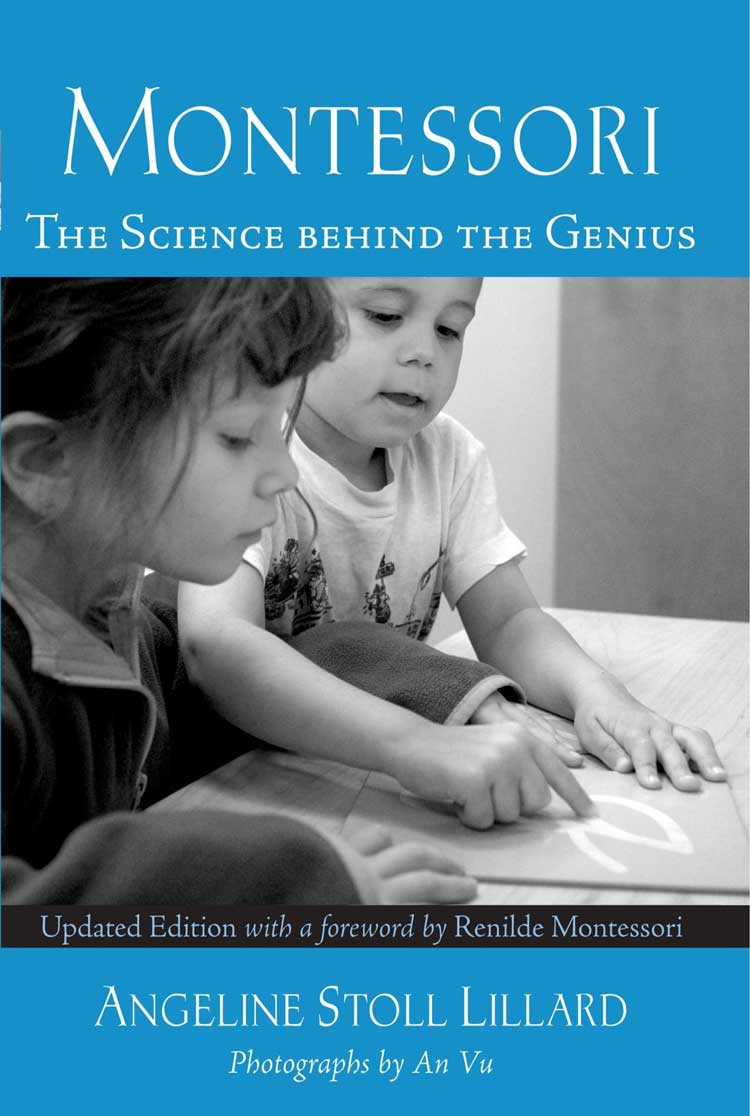
My older children attended a Montessori preschool before we began homeschooling. Maria Montessori was an Italian educator who taught in the early 1900s. She believed in giving children the capacity to perform tasks themselves though “meaningful work.” In preschool, my kids would practice skills such as pouring, washing their hands, and wiping down the table.
She also believed in child-directed learning. They would “choose their own work” from a variety of prepared activities. The classroom leader in a Montessori classroom is called a “directress” rather than a teacher. With the exception of a few highly motivating, stimulating “Great Lessons,” a Montessori teacher does not stand up and teach in front of a class of students. Rather, she observes each individual child’s strengths and weaknesses and directs them towards appropriate work to round out their skill set.
If you would like to learn more about Montessori’s methods, I highly recommend Montessori: The Science Behind the Genius by Angeline Stoll Lillard. It explains in very convincing, science-backed detail the advantages of a Montessori approach to education.
Although I no longer follow it, initially I tried to pull the many positive aspects of a Montessori educational philosophy into my homeschool. With 4 kids, I have moved away from planning out educational opportunities to put in my children’s path and hope they take the bait. If I take the time to plan an activity, we do it. Our structured learning is not child-directed. However, I have maintained a few aspects of Montessori. I encourage my kids in life skills. We do not have tests. I use a lot of hands-on material, especially to teach math. Also, they are still free to choose how to spend the majority of their days.
Waldorf
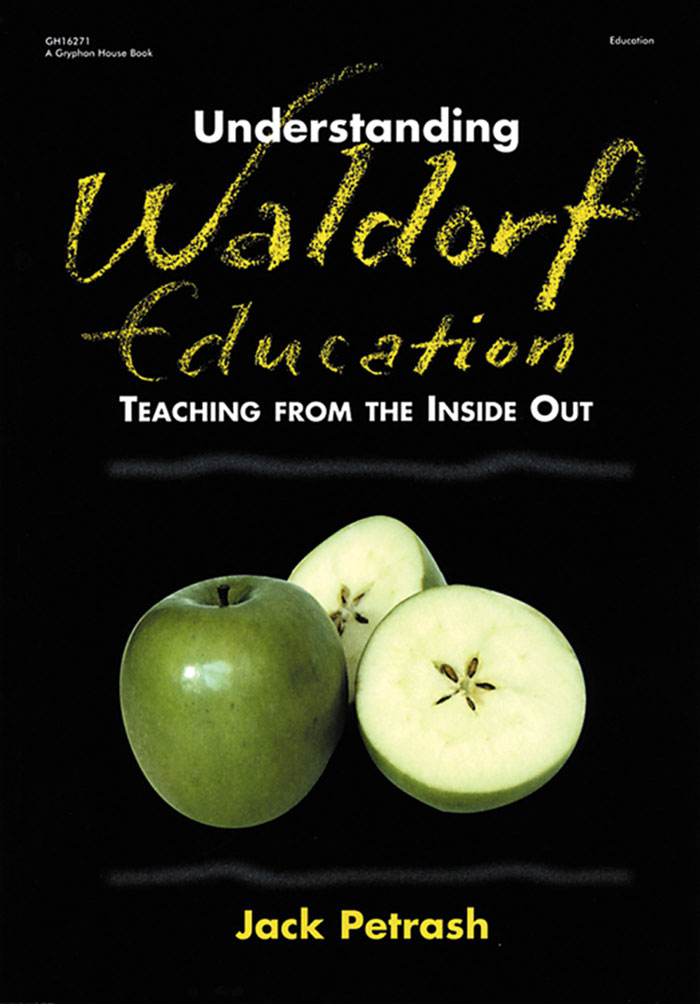
Waldorf education was pioneered by the Austrian philosopher, Rudolf Steiner, in the late 1800s. With a focus on imagination and creativity, it seems like a very whimsical way to be educated. Waldorf classrooms do not push academic learning, but rather incorporate many elements of nature. Art, music, and movement are a big part of their lessons. A Waldorf classroom focuses on educating the whole child rather than just his intellect. I recommend reading Understanding Waldorf Education if you are interested in this style.
My very first year of homeschooling, I purchased a boxed Waldorf curriculum from Oak Meadow. I loved it for about 2 months. I still think they provide great material and I loved the gentle, art and story-based nature of the activities. However, as I found my feet and gained in confidence, I left my boxed curricula in favor of a more unschooling approach. We no longer are Waldorf homeschoolers, but I still believe there is a lot of wisdom to be gained from learning about this style.
Unit Studies
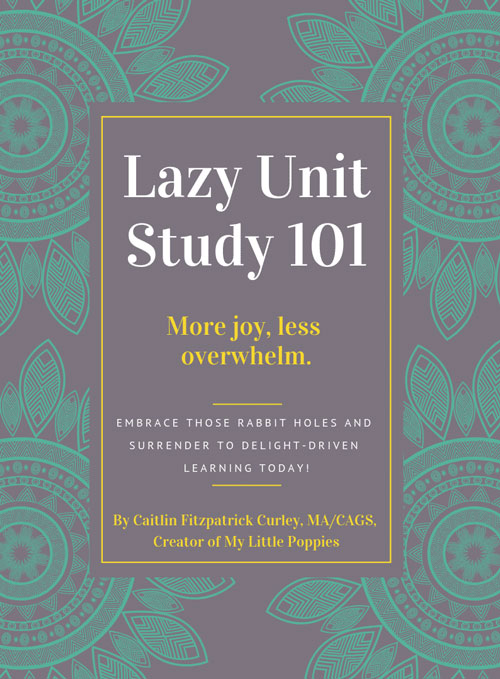
Unit Studies allow you to cover a wide variety of subjects while learning about one topic. For example, suppose you decided to spend the next month learning about the ocean. You could watch documentaries about ocean creatures or do an art project to learn about different ocean zones for science. You could read together about explorers that navigated the ocean like Columbus or Magellan or check out a Titanic museum exhibit for history. Have your child calculate the best time to visit the tide pools by reading tide tables to practice math skills. Encourage journaling about the entire experience for language arts.
The point is not necessarily to cover every subject when you do a unit study, but rather just to learn as much as you can about a given topic. In doing that, you will be surprised by how many areas of learning you naturally cover. If you would like more structure, I have a friend that loves Gather Round Homeschool, which provides complete unit study curricula for a full range of grades. If that is too much structure and you prefer to be more free form, Lazy Unit Studies provide a fun way to follow a child’s passions.
I am not exactly a follower of the Unit Study model, but I do like to allow time to go down rabbit holes if we start learning about a topic that interests us. For example, my son and I became Hamilton fans and learned everything we could about the American Revolution for a period. The main value I take from the Unit Study model is to find educational value in everything you do. Don’t stop learning about a subject just because your curricula says you should move on. If your kids are interested, dive deep!
Related Links
Learning Activities for Kids
Technology and Engineering Activities for Kids
Best Books for Kids
The post Homeschool Styles: Summary of Benefits appeared first on ResearchParent.com.

